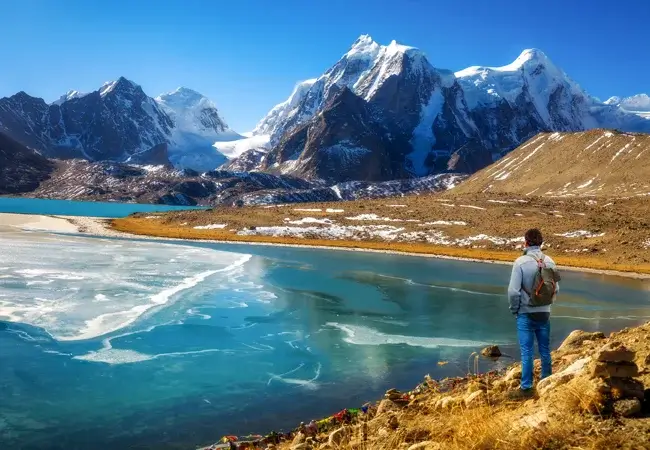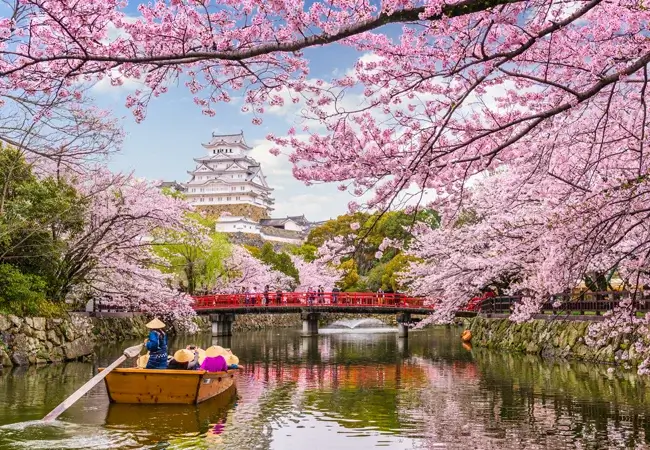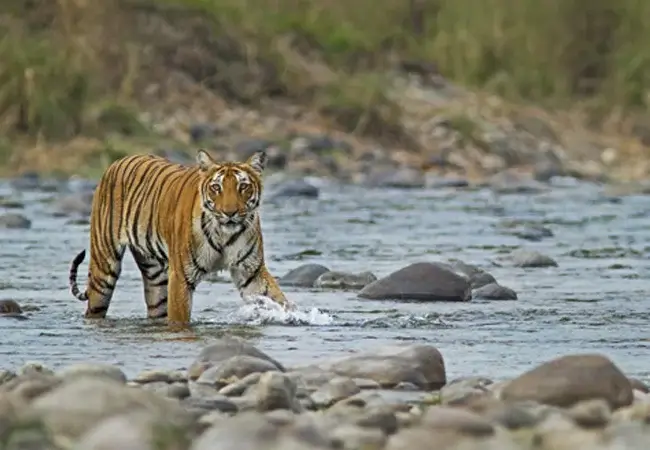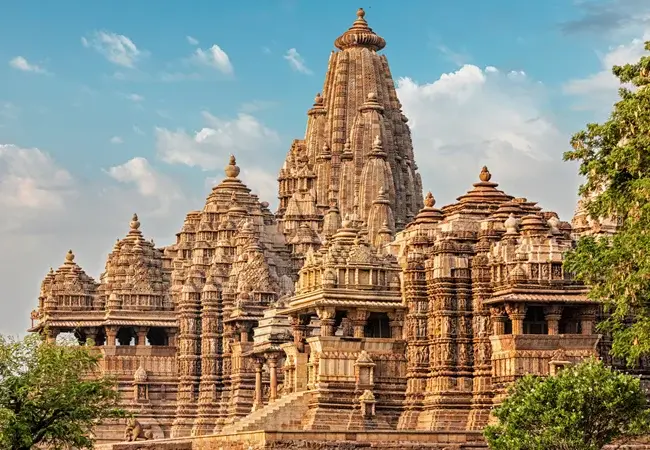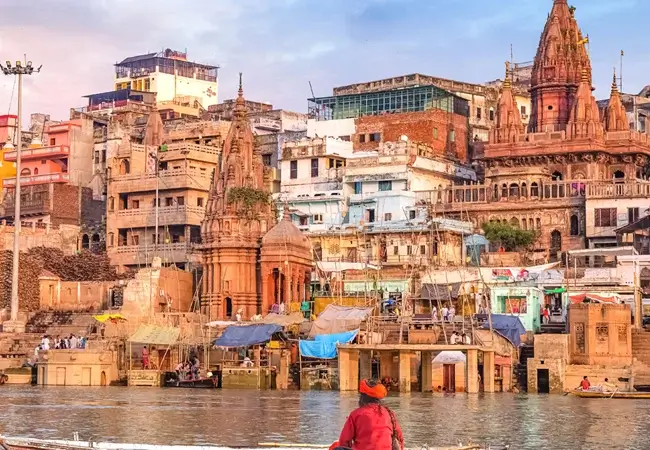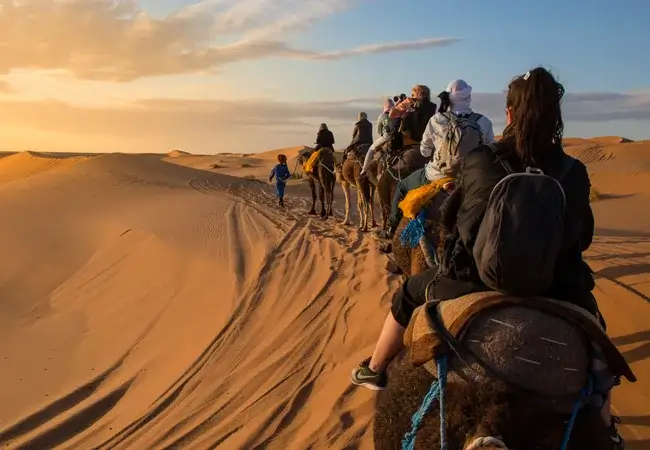Are you an adventure freak who wants to get lost in the woods and explore various species of flora and fauna? Are you making a holiday plan but not sure whether to opt for beaches, hills, or jungles? Beaches and hills are overrated nowadays. Due to excess publicity and tourism exposure, beaches, as well as hills, have lost their charm and remain overcrowded almost throughout the year. On the other hand, jungles are considered to be less explored because these areas are not receiving enough exposure when it comes to advertisements. Hence, jungles remain comparatively less crowded and only a few people who have an eye for nature and its biotic components tend to visit national parks and wildlife sanctuaries.
Therefore, if you really want to attach some amazing memories to your vacation, then contact your travel agent and book your tour package to Panna National Park.
It is a famous national park of Madhya Pradesh that occupies areas of two districts namely Panna and Chhatarpur. Spread across an area of approximately 542.67 km2, this region was declared the twenty-second Tiger Reserve of India by the Government in the year 1994. It lies by the side of the Ken River and is situated at a distance of 57 km from a World Heritage Centre of Madhya Pradesh called Khajuraho. Ken River flowing through the heart of this National Park has created many beautiful waterfalls on its way to the valley.
Panna National Park is considered to be home to many endangered species, along with a wide range of animals that include the Bengal tiger, Indian leopard, chital, chinkara, nilgai, Samba deer, sloth bear, rusty-spotted cat, Asian palm civet. Moreover, there are more than 200 species of Aves present such as the bar-headed goose, crested honey buzzard, red-headed vulture, blossom-headed parakeet as well as Indian vulture. This national park also holds the record of receiving an award for Excellence in the year 2007 as the best-maintained park in the country.

It is a critical tiger habitat occupying the Vindhya Hill in northern Madhya Pradesh and remains surrounded by dry deciduous forest. The presence of extensive plateaus, as well as gorges, has contributed to the beauty and serenity of this region, thus attracting more visitors. Moreover, it is considered to be a land that comprises amazing waterfalls, naturals, archaeological splendors, legends along with cultural richness. It is to be noted that this tiger reserve is surrounded by natural boundaries such as teak forests in the north and Teak-Kardhai mixed forest in the east.
Panna National Park was declared as the Tiger Reserve under the protection of Project Tiger. There were reports of a continuous decline in the tiger population though two female tigers were relocated into this region from Bandhavgarh National Park and Kanha National Park in the year 2009. But the forest officials didn’t take any strict action against this decline and finally, in the year 2012, the entire population inhabiting Panna Tiger Reserve was considered eliminated.
Later, the Ministry of Environment and Forests (MoEF) tried its best to re-establish the tiger population in the region and relocated one female each from Bandhavgarh and Kanha National Park to Panna Tiger Reserve. Moreover, one male was also relocated from the Pench Tiger reserve but it showed homing instinct and went back to its home. But the forest officials kept tracking the tiger continuously and successfully brought it back to Panna Tiger Reserve where it settled well later on and started mating.

Though the entire tiger population was eliminated in the past due to unknown reasons, the forest officials have restored the population of tigers here that tend to roam freely in the jungle. Apart from tigers, other wild animals such as leopards, wild dogs, wolves, hyenas, and smaller cats are also found inhabiting this tiger reserve. Moreover, some of the areas are occupied by the largest of Indian deers, chital, and chowsingha. Sloth bears are also found here that live comfortably in the rock escarpments and undisturbed vales.
The visitors can easily spot Blue Bull and chinkara in the open areas. Along with more than 200 avian species, a large number of migratory birds are also spotted in the Panna Tiger Reserve. One can easily spot White necked stork, Bar-headed goose, Honey Buzzard, Blossom headed Parakeet, Paradise flycatcher, Slaty headed Scimitar babbler.
This area is known to have a mixed environment where the deciduous forest is interspersed with grassland areas. Other major forest types are also present such as riverine, open grasslands, open woodlands with tall grasses, and thorny woodlands.
UNESCO declared a certain area of Panna as Panna Biosphere Reserve in the year 2020. This area includes Panna National Park, three sections of the Gangau Wildlife Sanctuary (I, II, and IV), and the reserved as well as protected forests of the North Panna Forest Division. The reserve is known to provide significant habitat for the Bengal tiger. Some other animals that are a part of this reserve include the caracal and the jungle cat. Besides, there are more than 280 species of birds have been recorded in this reserve that includes the Indian paradise flycatcher (Terpsiphone paradisi).

The government of India along with the government of Madhya Pradesh and Uttar Pradesh have decided to link the Ken River with the Betwa River so that a dam can be constructed. The project aims at transferring excess water from the Ken basin to the Betwa basin so that the draught-prone region of Bundelkhand can receive water. But at the same time, the environmentalists are concerned that this project will damage the natural habitat of tigers inhabiting the region, thereby affecting their population.
The visitors can either walk or opt for a car, jeep, Gypsy, or similar vehicle for jungle safari in Panna National Park. However, the tourists must carry their ID proofs that need to be verified at the entrance Gate. Entry permits can be canceled by the park authorities if they encounter something objectionable. There are two core (Madla, Hinouta) and three Buffer gates (Akola, Harsa, and Khajurikudar) to enter this national park.
Things to remember in Panna National Park:
- Early morning and late afternoon are preferable to visit the forests and sighting of animals. Small groups are mostly preferable.
- Taking a guide while opting for a jungle safari is compulsory.
- Do not disturb the wild animals or try to get closer to them because their behaviour is highly unpredictable.
- Visitors are advised not to use perfumes or scented oils as they may end up attracting honey bees or other animals.
During summer, the morning safari trip in Panna National Park starts from 6:00 am to 11:00 am. Whereas, the evening safari timing starts from 3:00 pm to 6:30 pm. During winter, the morning safari trip starts from 6:30 am to 11:00 am and the evening safari timing starts from 4:00 pm to 5:30 pm.
The visitors are advised to visit this region from October to June. It is so because since this reserve occupies a portion of Central India, it is subjected to extreme and tropical weather. The month of January is known to witness sub-zero temperatures often and frost. Monsoon arrives in the second week of June and thus, is not preferable.







